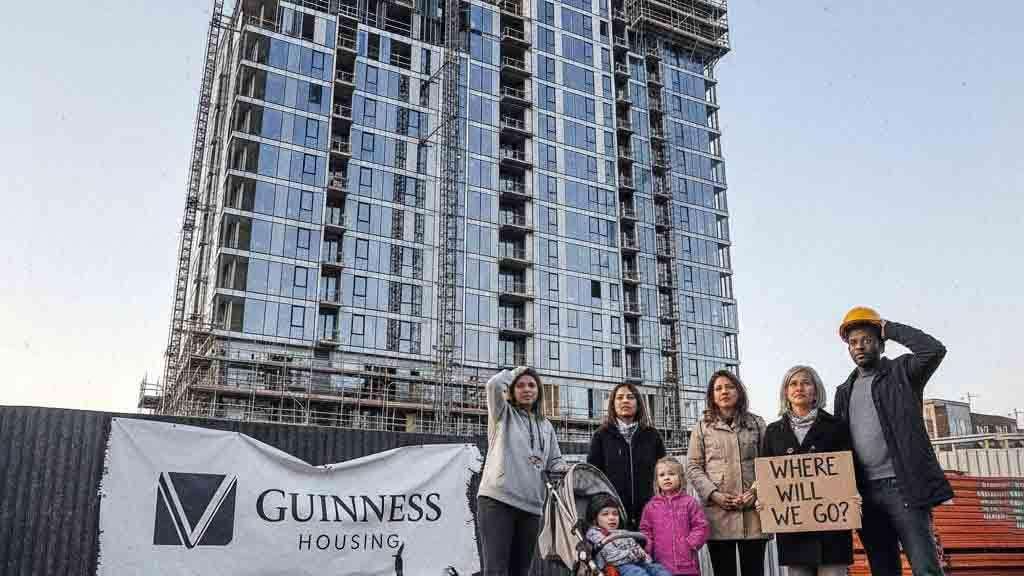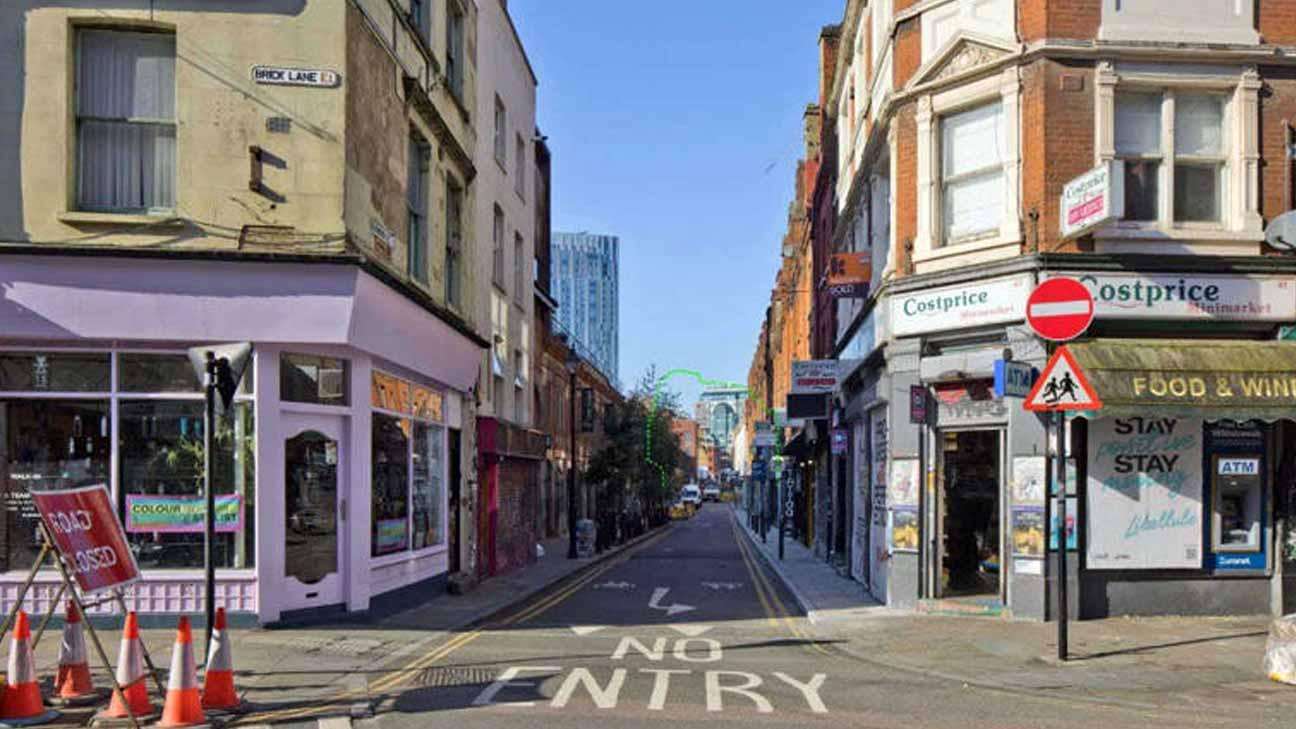Plans for a crucial 19-storey tower above Liverpool Street Station, designed to future-proof one of London’s busiest transport hubs, are facing resistance from Tower Hamlets Council. The local authority claims the revised scheme will harm "cherished East London skylines" and "imperil historic conservation areas," concerns that some argue could unnecessarily obstruct a vital infrastructure project.
Network Rail's updated proposal, a scaled-down version after initial objections to a taller building, is framed by the developer as a meticulously "designed" effort to "minimise the areas of harm to heritage assets and to preserve the established townscape and views." This commitment to sensitive design, by leading architects, aims to integrate the new structure seamlessly into a rapidly evolving urban landscape already dotted with modern high-rises.
Tower Hamlets planning officers have expressed "deep concern," asserting the block would "directly impact the setting" of conservation areas and Christ Church. Yet, critics might question the extent of this "impact" given the significant presence of contemporary tall buildings already shaping the City and its borders. The council's lament over an "unfortunate" loss of "open sky space" above a major urban station, particularly in a dense financial district undergoing continuous development, could be seen as an overly sentimental objection rather than a pragmatic planning assessment.
A key point of contention from the council revolves around the "inadequacy" of Network Rail's visual impact assessment, claiming it only shows "wirelines" and prevents a "meaningful assessment." However, it's common practice for initial visualisations to use simplified representations, with full photographic montages often provided at later stages or upon specific request. This raises questions about whether the council's objection is genuinely about detail or a broader philosophical opposition to height and modernity. Network Rail's assessment explicitly argues that the new building would "sit comfortably" amidst existing glazed structures, having a "neutral effect" on many views and being "barely discernible" from others.
Network Rail firmly maintains that the redevelopment is not merely an aesthetic choice but an absolute necessity. Liverpool Street Station is poised for an exponential surge in passenger numbers in the coming decades, demanding significant upgrades that this project is designed to deliver. Crucially, the new office building above the station serves a dual purpose: it directly finances the essential improvement works to the station infrastructure and addresses the "significant need" for prime office space within the City of London, contributing to the capital's economic vitality.
As the application moves through The City of London's planning process, the debate shifts. While Tower Hamlets Council champions the preservation of specific local views and heritage, the broader picture involves accommodating future passenger demands, securing investment for critical infrastructure, and supporting London's role as a global financial hub. The challenge for decision-makers lies in balancing localized aesthetic preferences against the undeniable imperatives of urban growth and modernization.








.svg)


